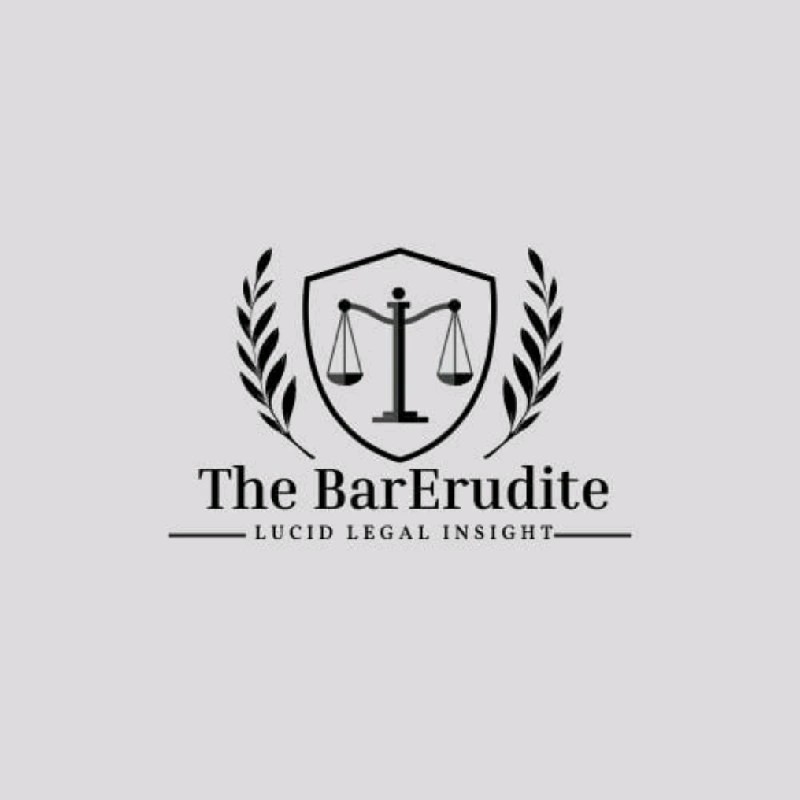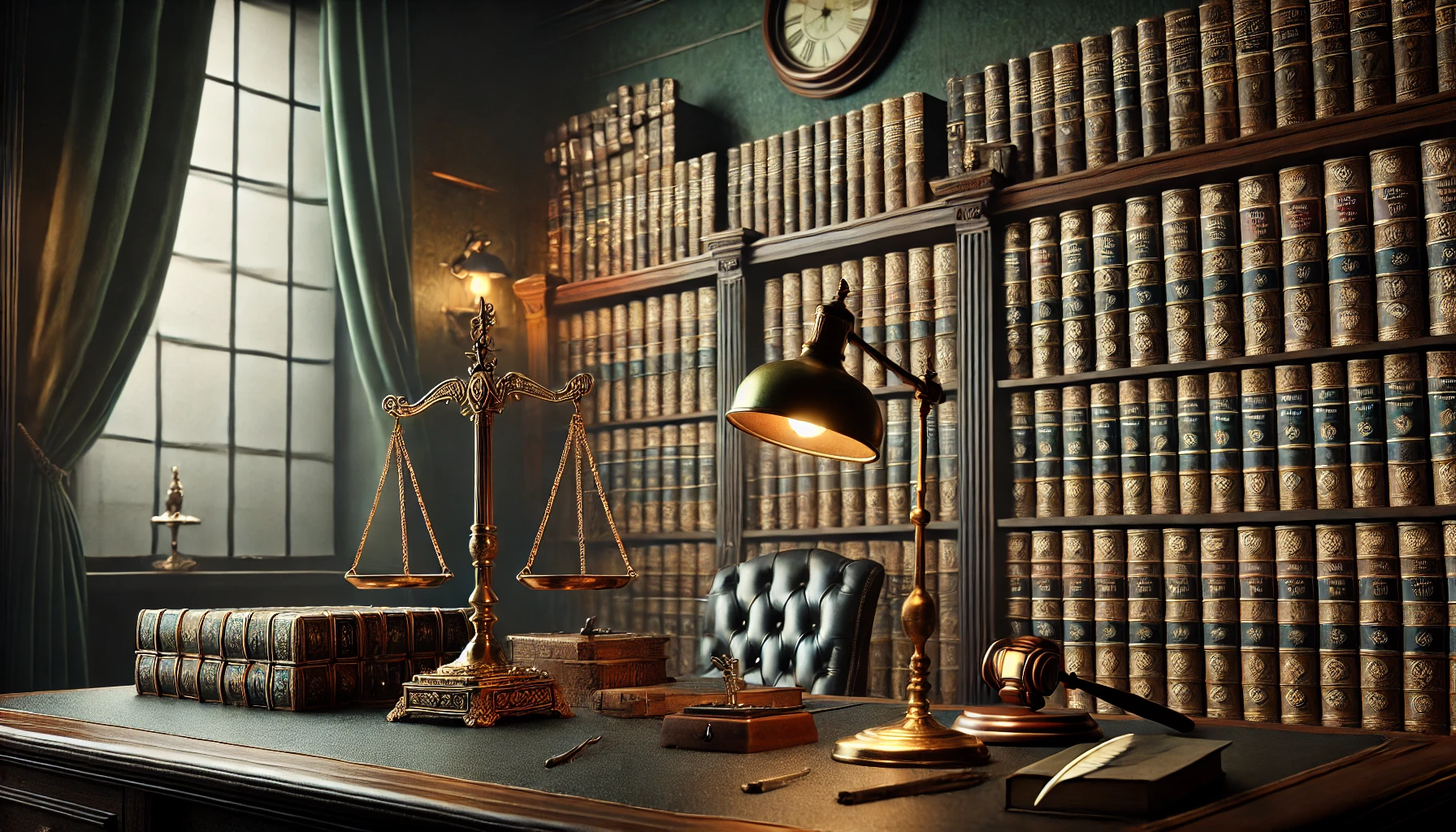Author Details:-
Prathigadapa Sai Manvitha 3rd BBA LLB CHRIST (Deemed to be University)
Title: Understanding Copyright in the Digital Age
Copyright law, designed to protect the creator’s rights, faces unprecedented challenges in today’s digital age. From easily sharable content on social media to artificial intelligence-generating artwork and literature, the digital landscape has complicated the enforcement and relevance of traditional copyright frameworks. In this article, we’ll explore the foundations of copyright, how digital technology has reshaped its boundaries, and the legal debates surrounding copyright in the digital creation.
What is Copyright?
Copyright is a legal right granted to the creators of original works, allowing them to control their creations’ use, reproduction, and distribution.[1] It is a form of intellectual property rights. Copyright can be available for literature, dramatic, musical, artistic works, films, recordings, and architectural designs. Section 14 of the Copyright Act of 1957 defines copyright as an “exclusive right, by virtue of, and subject to, the provisions of this Act” to do and authorize the doing of any number of prescribed acts concerning literacy, artistic, and dramatic works, and to cinematograph films and records. [2]
The most crucial argument advanced for copyright protection is the need to shield the author’s personality from distortions and ensure economic returns to him for his creative efforts. This protection involves the right to claim authorship of the work and to restrain or claim damages in respect of any distortion, mutilation, modification, or other act concerning the work which would be prejudicial to the honor or reputation of the author. [3]
Infringement of Copyright in the Digital Age
With the advancement of information, new forms of creative expression in the creative arts have emerged, all of which have been subjected to copyright protection. Networks, digital libraries, electronic publications, software developments, satellite communication, wireless technology, and other emerging technologies pose severe challenges to copyright regulations. Due to these advancements, the duplication process is readily available, and copyright infringements have emerged. [4]
Some of the most pressing copyright issues in the digital age include:
- Unauthorized Sharing and Piracy: With digital content readily available, unauthorized copying and distribution have become rampant. File-sharing platforms and torrent sites make sharing books, movies, and music easy without paying, depriving creators and rights holders of revenue.
- Content Creation on Social Media: Platforms like Instagram, TikTok, and YouTube encourage users to remix, share, and sometimes alter copyrighted material. For instance, using a popular song in a TikTok video technically constitutes copyright infringement unless licensed. However, social media’s community-driven nature has blurred these lines, creating ambiguity about who owns the resulting content.
- User-Generated Content and Remix Culture: Memes, fan art, and other forms of derivative content are created and shared extensively on the internet. While these are often harmless expressions, they technically involve copyrighted materials and fall into legally gray areas regarding derivative works and transformative use.
- Artificial Intelligence and Machine-Generated Content: AI tools can generate music, art, and even written work, raising questions about copyright ownership. Who owns the copyright if an AI model creates a piece of music that resembles an existing song? This has sparked debates on whether AI-generated content can be copyrighted and if AI models trained on copyrighted works infringe on those rights. [5]
Issues with Case Laws
1. Mr. John Hart Jr. & Anr. v. Mr. Mukul Deora & Ors.
In this 2021 case, the plaintiffs held exclusive rights to create a film adaptation of The White Tiger based on a literary agreement. When Netflix prepared to release an adaptation, the plaintiffs sought an injunction to stop it. The Delhi High Court ruled against them, highlighting their delay in filing for an injunction and denying any immediate injunctive relief. However, it ordered Netflix to keep detailed financial records for potential damages. [6]
2. Aman Chhabra and Ors. v. Trac Entertainment Pvt. Ltd. and Ors.
This Bombay High Court case involved copyright disputes over two music videos, “Pyar Ko Na Kaho” and “Lutti Heer.” The plaintiffs successfully appealed to reinstate an interlocutory order that restrained the defendants from exploiting the videos commercially, as they argued this could cause financial harm while the case proceeded. [7]
3. Saregama India Ltd. v. Next Radio Ltd. & Ors.
This case, decided by the Supreme Court, addressed the requirements for radio broadcasters to use sound recordings under a statutory license. Saregama argued for strict compliance with Section 31D of the Copyright Act, requiring detailed pre-broadcast disclosures by broadcasters. The Court upheld that the statutory obligations under Rule 29 must be strictly followed. [8]
Solutions for the issues
As digital technologies evolve, so must copyright laws and enforcement strategies. A few solutions/strategies are as follows:
- Modernizing Copyright Law: Lawmakers could consider revising copyright laws to reflect the realities of digital creation and distribution. This could include clarifying the rules on derivative works, streamlining fair use tests, and updating definitions of originality and authorship.
- Enhanced Platform Accountability: Digital platforms may need to assume greater responsibility for monitoring copyright violations. Solutions like YouTube’s Content ID could be adapted and expanded to cover other platforms while offering more precise appeal processes to protect creators from false copyright claims.
- International Copyright Agreements: Given the internet’s borderless nature, international collaboration on copyright laws is essential. Organizations like the World Intellectual Property Organization (WIPO) play a crucial role in fostering agreements that set global standards for copyright protection in the digital age.
Conclusion
Copyright law in the digital age faces complex challenges due to the nature of online content sharing, AI-generated works, and the prevalence of user-generated content. While copyright aims to protect creators, enforcing it in a digital, interconnected world requires an evolving approach that respects both creators’ rights and users’ freedoms.
Balancing these interests will be vital to creating a copyright framework that benefits everyone—empowering creators to protect their work while fostering a culture of creativity and sharing. The future of copyright law will undoubtedly need to address emerging technologies, international collaboration, and the complexities of fair use, ensuring that copyright remains relevant and fair in the ever-evolving digital landscape. [9]
END NOTES:
- T C James, Copyright Law of India and the Academic Community, 9 Journal of Intellectual Property Rights (2004).
- Upendra Baxi, Copyright and Justice in India, 28 JSTOR 497-540 (1986).
- Bharath Law House, Messrs v. Wadhwa and Co, AIR 1988 Delhi 68.
- Geethu Mohan, The various issues in Cyberspace that are not addressed by the Copyright laws from the Indian perspective, NUALS (2021).
- Santosh Kumar Tiwari, AI-Generated Content and Copyright Law: Challenges and Adaptations in India, 3 IJAMSR (2020).
- John Hart Jr. & Anr. v. Mr. Mukul Deora & Ors., High Court of Delhi, CS (Comm) 38/2021 (July 7, 2021).
- Aman Chhabra & Ors. v. Trac Entertainment Pvt. Ltd. & Ors., Bombay High Court, No. 111847206 (July 3, 2021).
- Saregama India Ltd. v. Next Radio Ltd. & Ors., 2021 SCC OnLine SC 817 (2021).
- Hal R. Varian, Copying and Copyright, 19 Journal of Economic Perspectives 121-138 (2005).



Leave a Reply